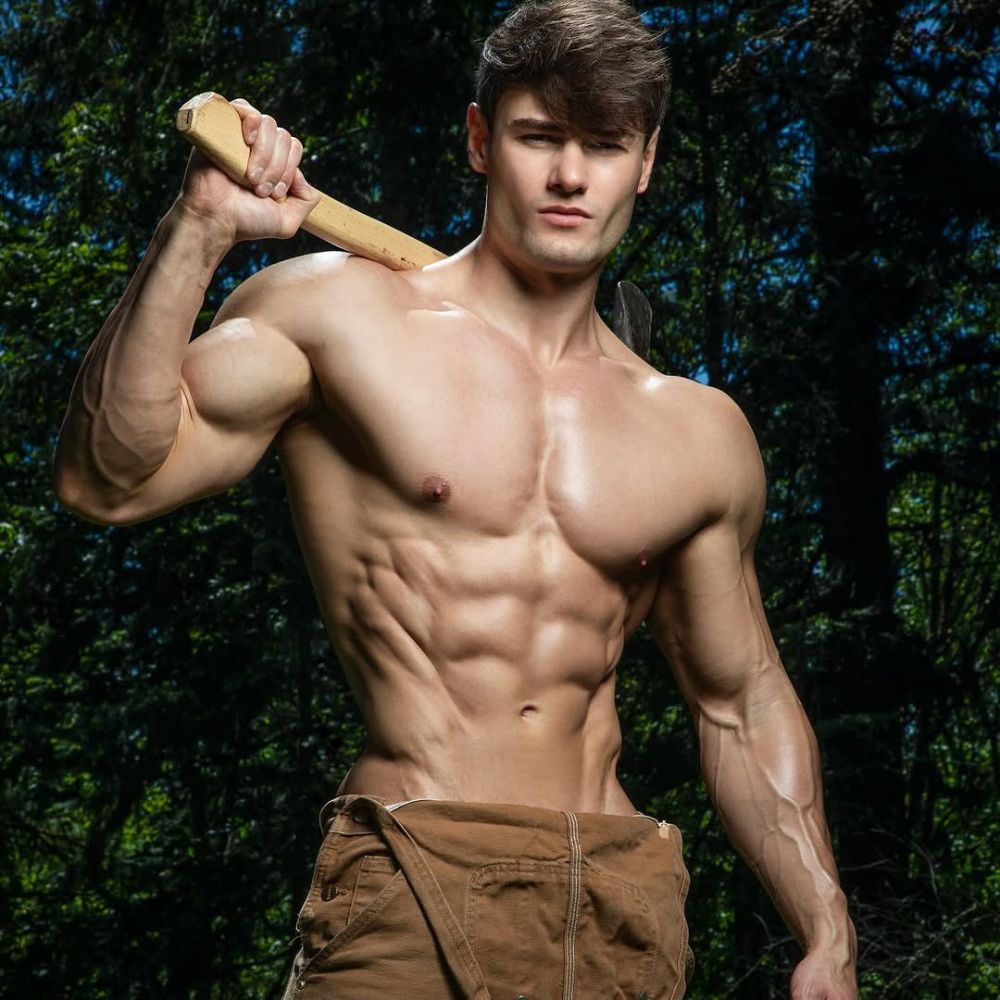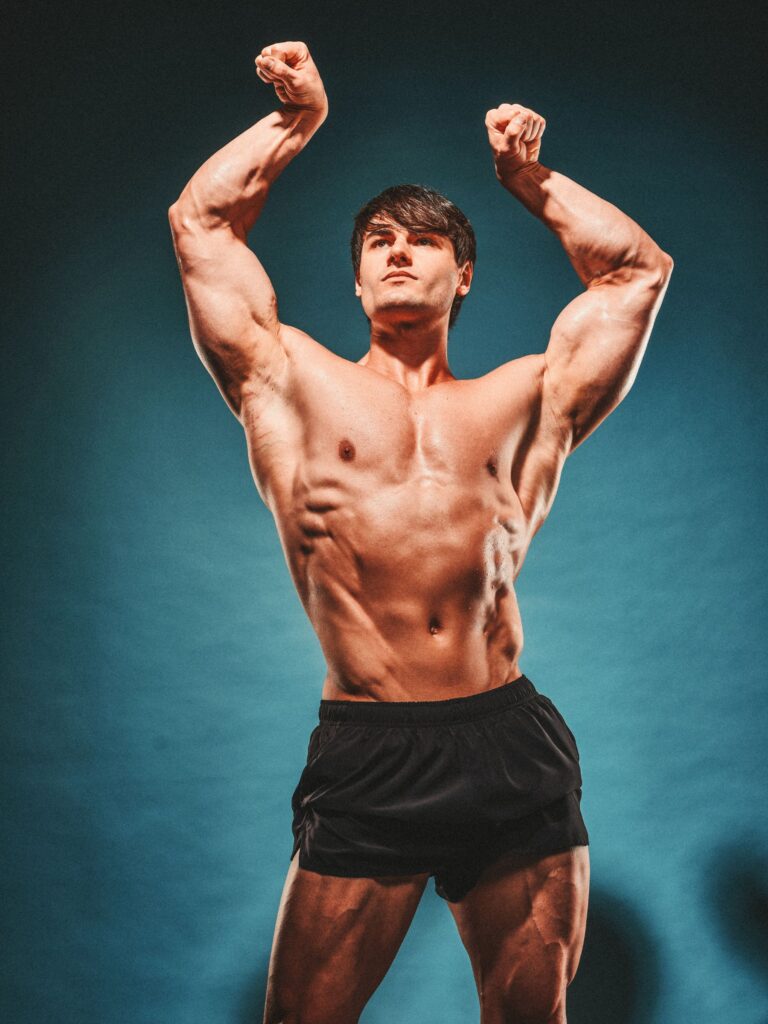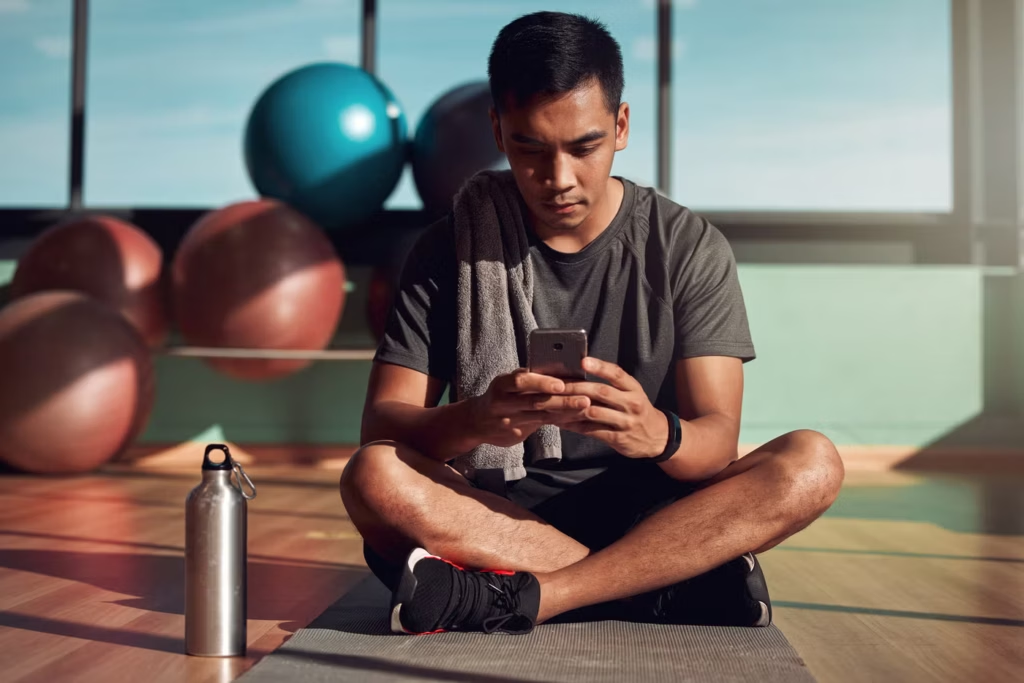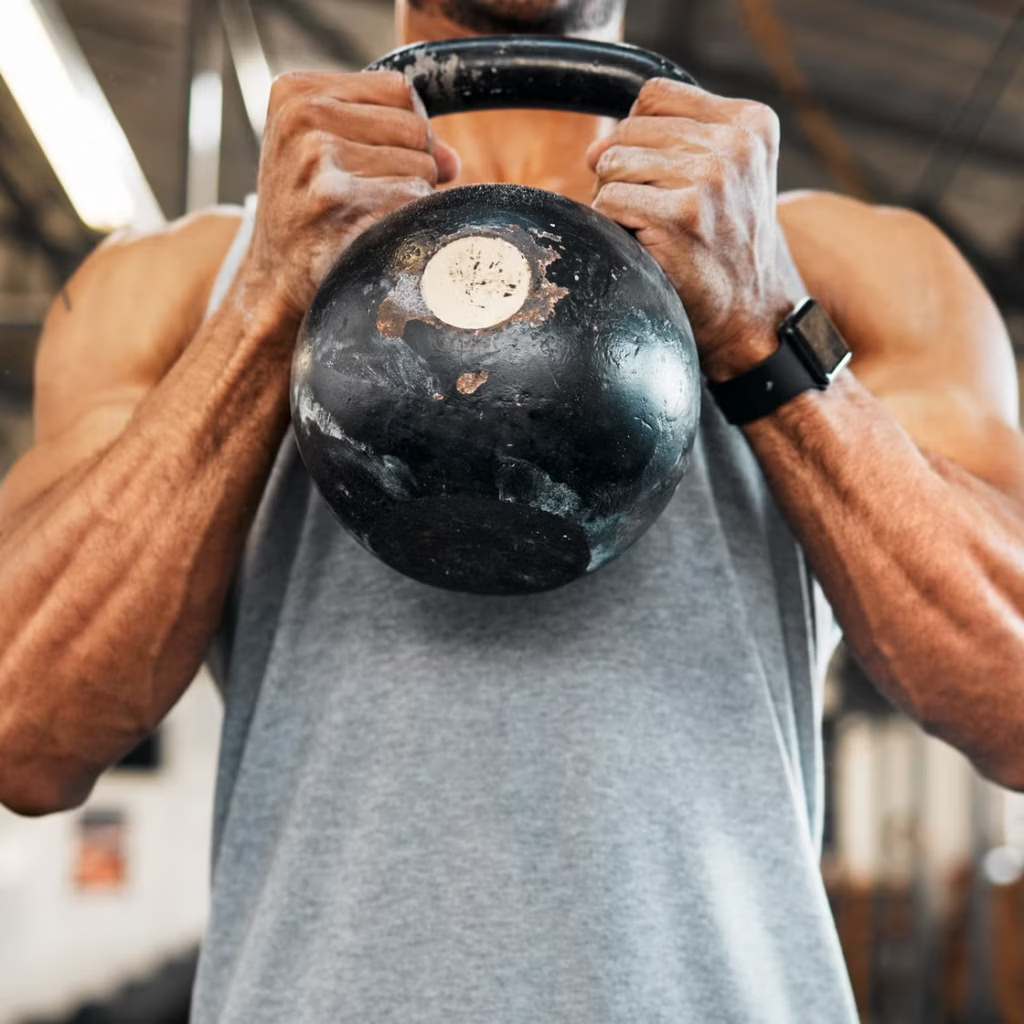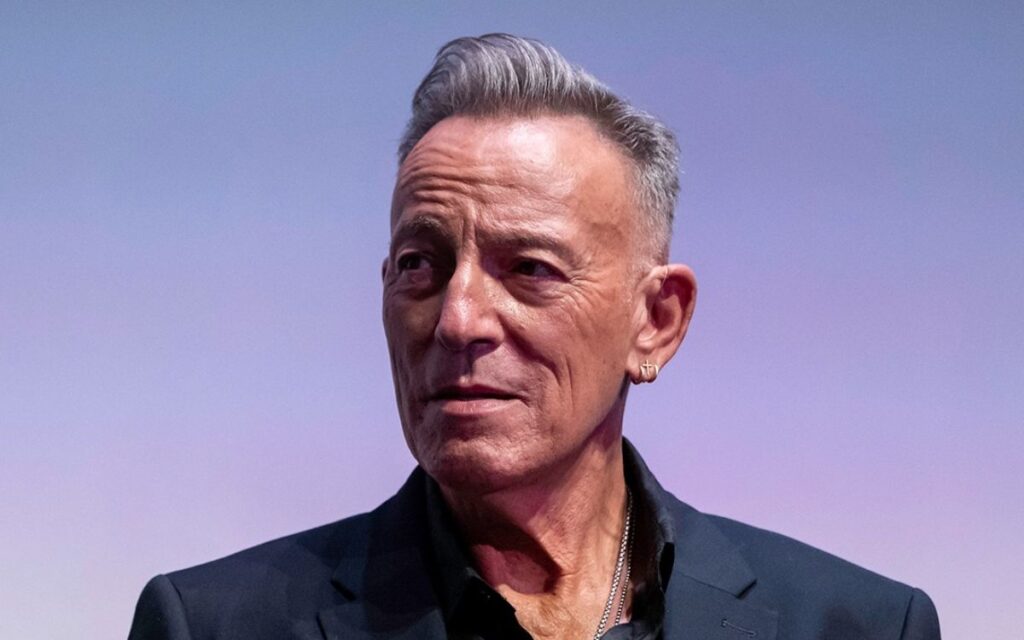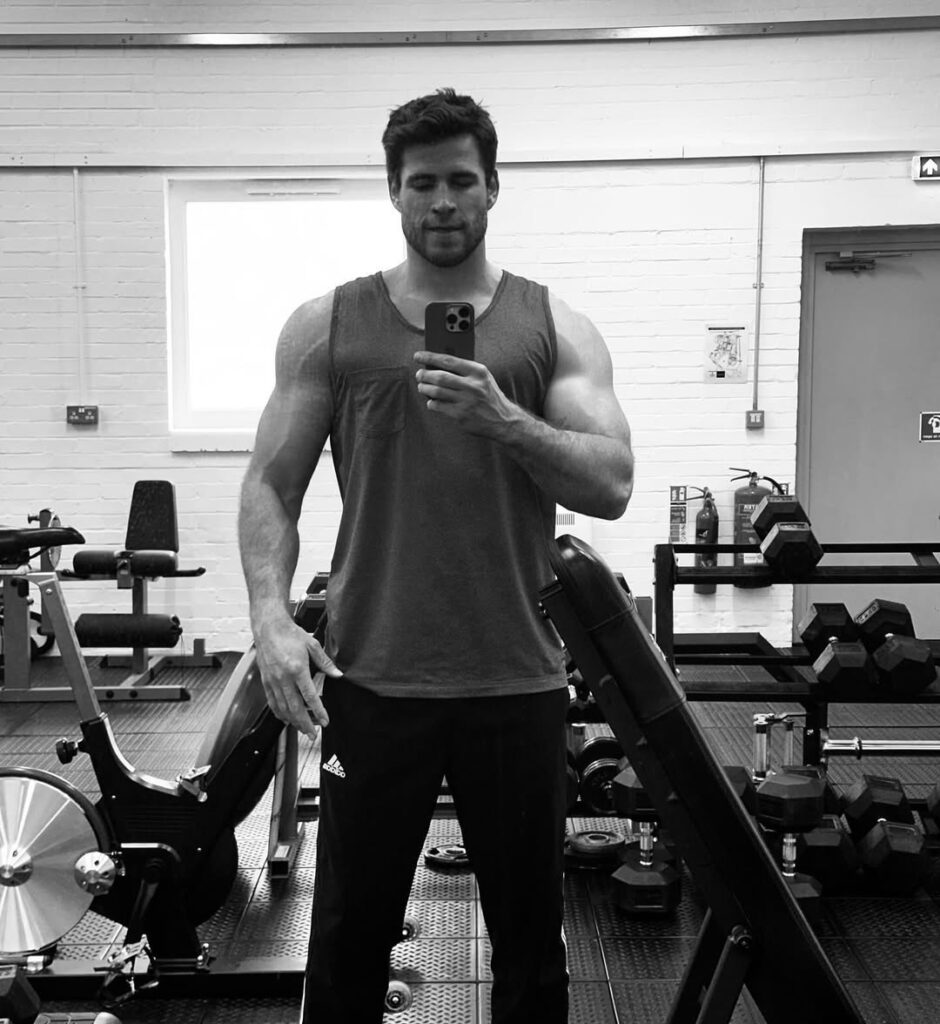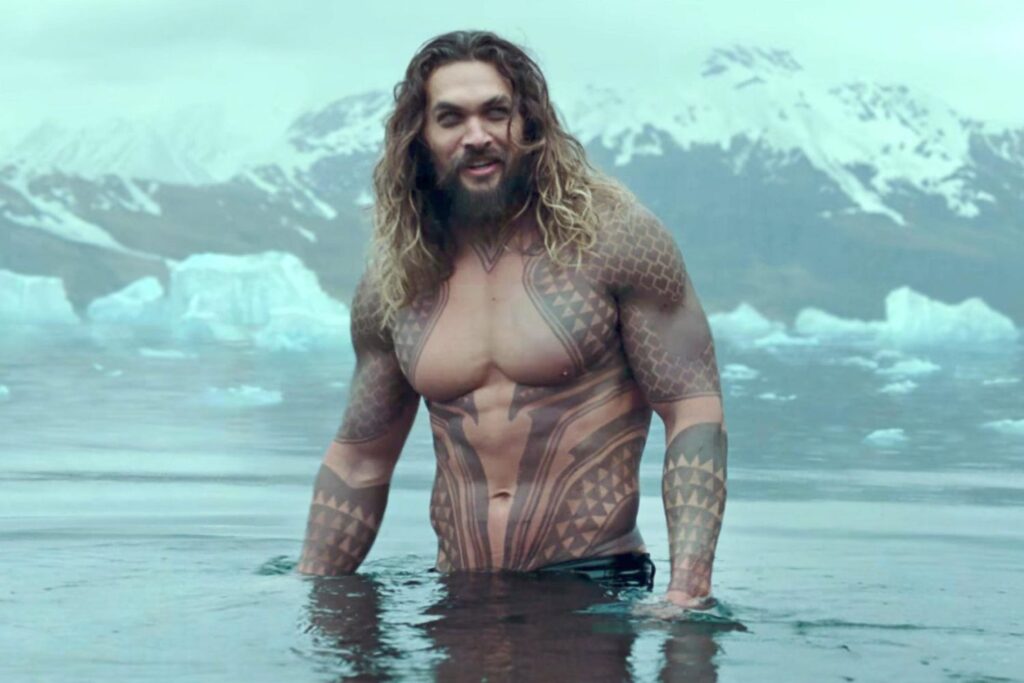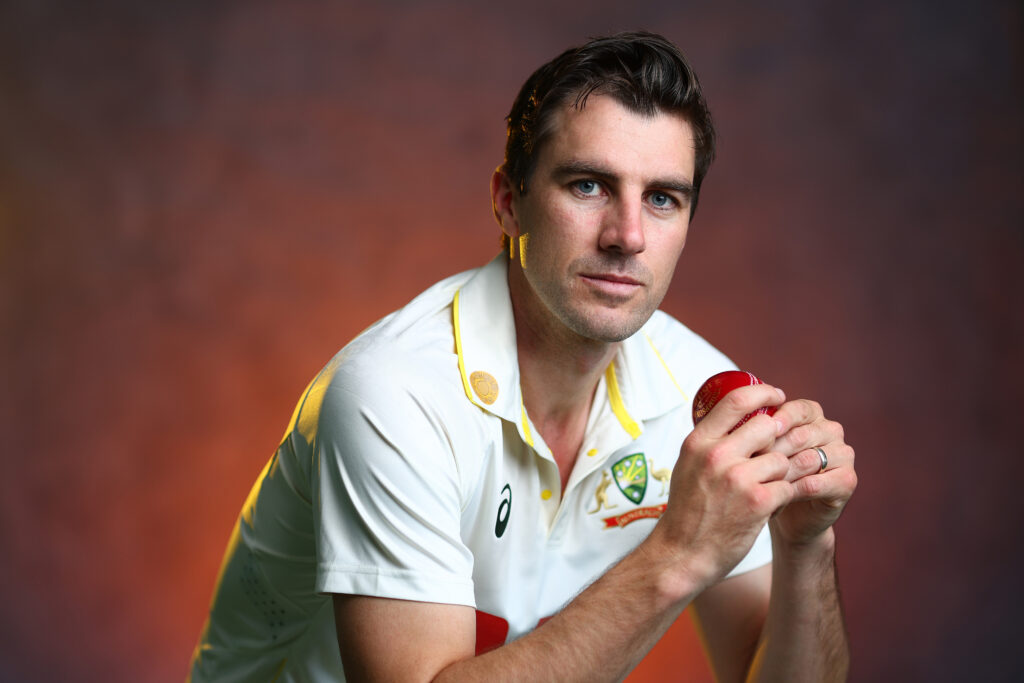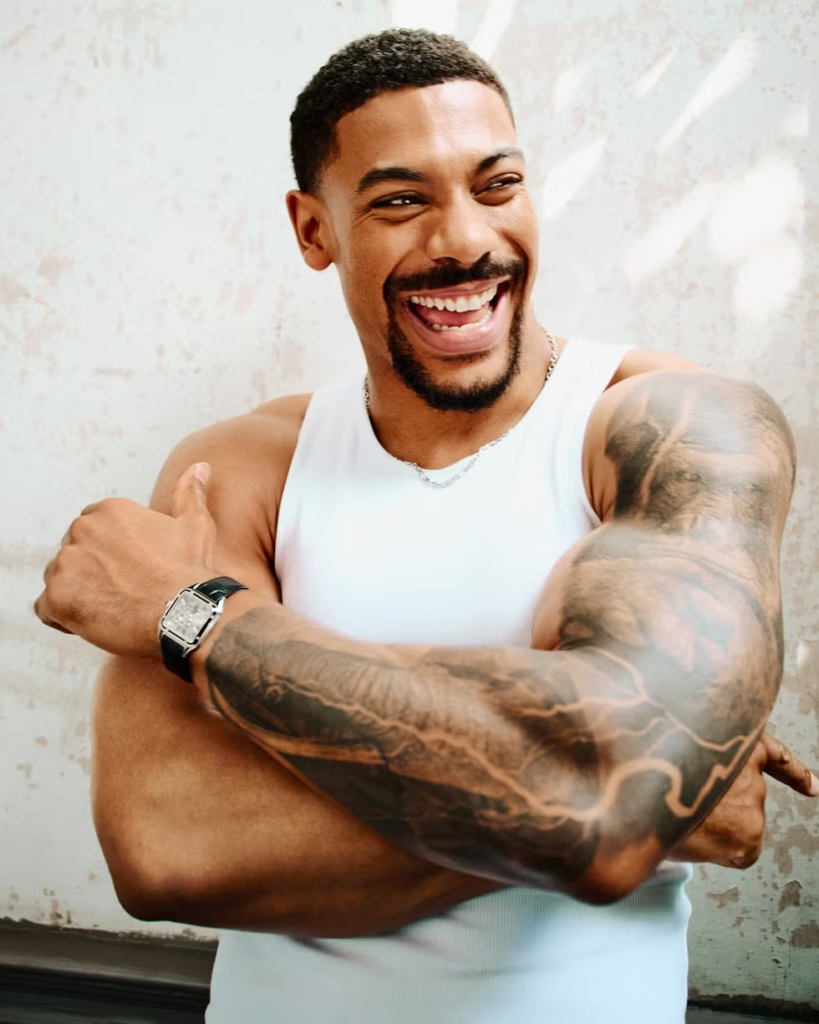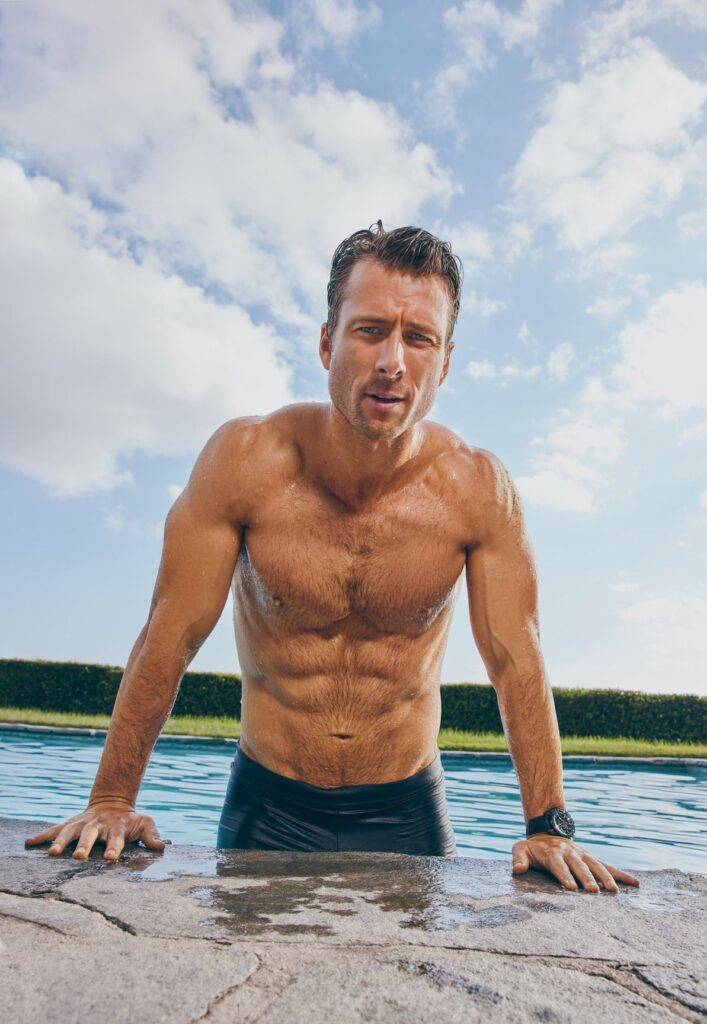LIKE MANY IN the new-age era of bodybuilding, Jeff Seid grew up being inspired by those he saw on online. For Seid, Australian bodybuilder and pioneer of the aesthetics movement Aziz Shavershian – better known as Zyzz – was that source of inspiration.
“I used to watch his YouTube videos back in like 2010,” Seid tells Men’s Health during a sit down ahead of his visit to Australia for the AusFitness Expo, which takes place from March 29-30 in Melbourne. “He wasn’t just about being in the gym and lifting crazy amounts, he was about having fun with it, showing it to the masses and looking aesthetic. That really appealed to me.”
But Seid’s journey into the world of bodybuilding began before he came across the social media influencer. It was before he ever stepped onto a competition stage. Before he became the youngest IFBB Pro in history. And before he won the prestigious Men’s Physique title at Natural Olympia in 2024. It started, as many great stories do, with a simple but powerful motive: self-improvement.
“I started training so young, like 11 years old,” Seid recalls. “I started training for sports. I did wrestling, football, track, all that stuff, so I asked my parents for a weight set because I wanted to initially get stronger for sports. After training for about six months, I really saw a huge change in my physique.”
That realisation – the tangible proof of hard work manifesting as muscle – ignited something in him. What began as a means to enhance his athletic performance quickly became a passion for sculpting his physique. While most kids his age were just discovering their interests, Seid was already dedicating himself to the gym.
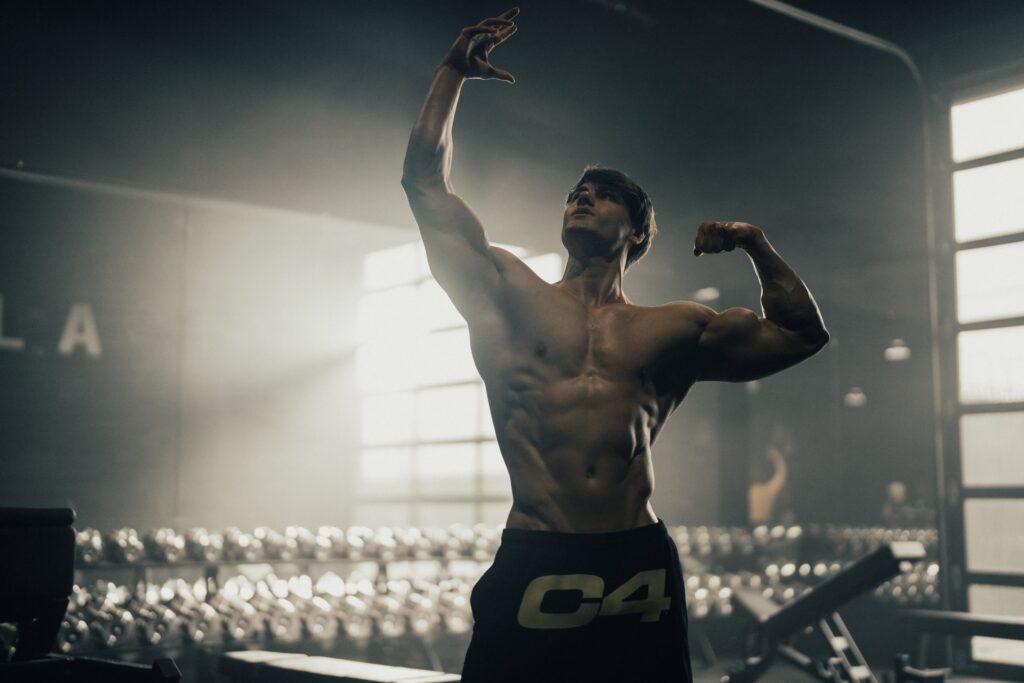
He didn’t even know bodybuilding was a sport at the time. Sure, he’d heard of Arnold Schwarzenegger – who hadn’t? – but the competitive side of self-improvement wasn’t on his radar. That changed when, at 16, he was invited to compete in a bodybuilding show.
“I didn’t really know what to expect so I started going on bodybuilding forums, doing some research and prepping, and once I did that show, I realised that I could maybe turn this into a career,” Seid says. Sure enough, he quickly found that bodybuilding could in fact be his career. Three days after turning 19, he earned his IFBB Pro card, becoming the youngest athlete ever to do so.
In the years since, Seid has become something of a social media sensation, tallying 4.8 million Instagram followers, 3.2 million Facebook followers, and 435,000 TikTok followers. In addition to sharing a variety of thirst traps and training shots, he tries to use his platform for good, advocating for a natural approach to fitness. He’s is dedicated to proving that elite physiques can be achieved without performance-enhancing drugs.
From March 29-30, Seid will be in Melbourne for the AusFitness Expo, where he’ll be showing off C4’s new Original Pre-Workout Powder. “C4 does great stuff,” Seid says. “I use the C4 ultimate because right now I’m dieting, so I’m in a very severe calorie deficit and I’ve got like no freaking energy. The pre workout helps a lot with that.” C4 Original Pre-Workout Powder has 200mg of caffeine and 2g of Beta-Alanine, as well as creatine and Bioactive Lentil Peptides, making it a powerhouse of a supplement.
Here, Seid takes us through how he became a bodybuilder, why fitness influencers need to be more open about the negative side effects of PEDs, and his top training tips. And as he gears up for another competition season, his message is as clear as ever: hard work and discipline will always beat taking shortcuts.
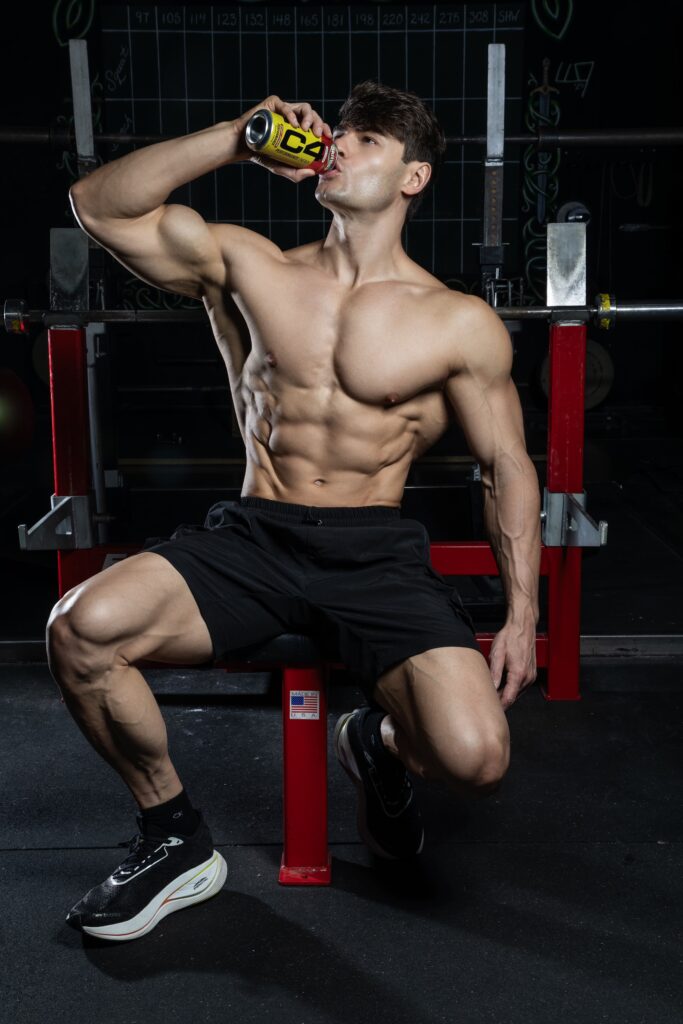
Men’s Health: What was your relationship with fitness like when you were younger? Where you a sporty kid?
Jeff Seid: I started training so young, like 11 years old. I started training for sports. I did wrestling, football, track, all that stuff, so I asked my parents for a weight set because I wanted to initially get stronger for sports. After training for about six months, I really saw a huge change in my physique.
I didn’t know about bodybuilding and the whole aesthetics of it all back then. But as a young kid seeing my body transform like that, that really changed my whole mindset from doing it for sport and turned it into a passion for developing my physique.
Why did you decide to get into competitive bodybuilding?
Like I said, I didn’t even really know about bodybuilding when I was a kid. I knew about Arnold [Schwarzenegger], but I didn’t discover bodybuilding until I was about 16, when I got invited to compete at this competition. I didn’t really know what to expect so I started going on bodybuilding forums, doing some research and prepping, and once I did that show, I realised that I could maybe turn this into a career.
Did you have anyone that you looked up to at that time in bodybuilding? Anyone that you aspired to be like?
Have you heard of Zyzz?
Yeah, of course.
Zyzz is a legend, he was such an inspiration for me. I used to watch his YouTube videos back in like 2010 and he wasn’t just about being in the gym and lifting crazy amounts, he was about having fun with it, showing it to the masses and looking aesthetic. That really appealed to me.
You became the youngest ever IFBB Pro at the age of 19. How did you feel in the moment you achieved that?
That was my big goal when I first started competing. I knew the national championships would be three days after my 19th birthday and I wanted to be the youngest professional in history. Once I won that show, it was surreal. You train so hard for something, and to actually have achieved it and enjoy the fruits of your labour was a great moment.
More recently, you won the men’s physique title at Natural Olympia. Would you pick that out as the highlight of your career?
I would definitely say that’s one of the highlights. Being recognised as a world champion, nothing beats it. My last Olympia was in 2016. I took a bit of a break and I feel like a lot of people kind of wrote me off, labelling me as just an influencer. Well, I’m not. I’m a competitive bodybuilder. I’ve got records to my name. So winning Natural Olympia let me prove myself again.,
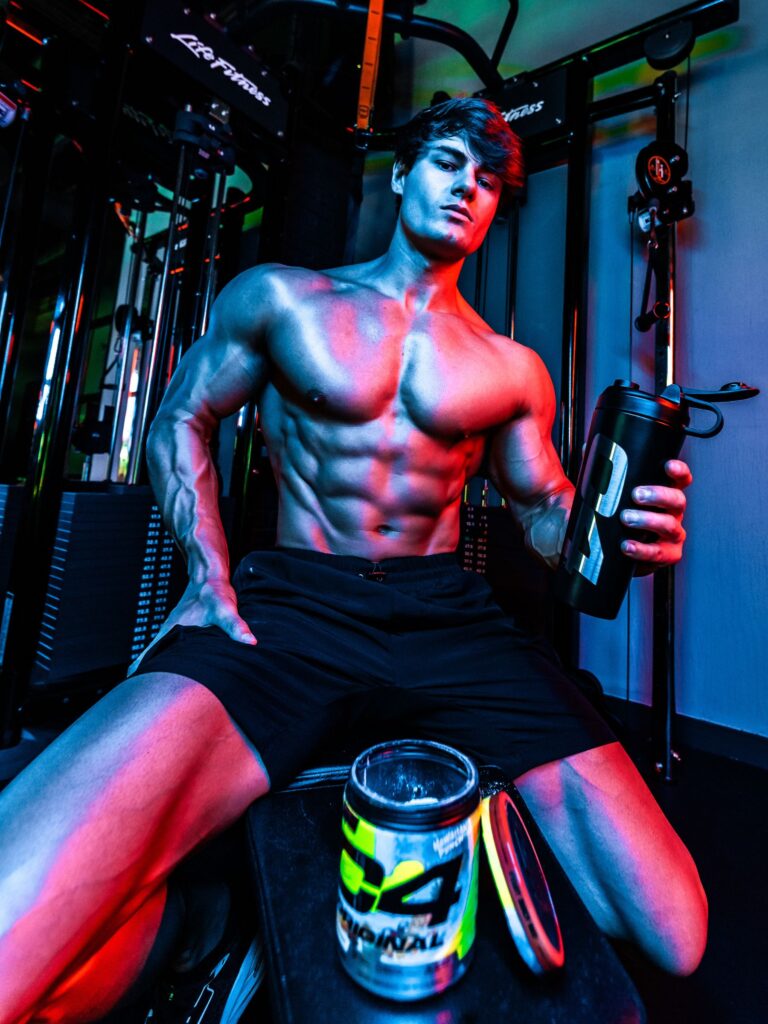
You have always said you’re natty and have been a big advocate for transparency in that area. Why is that important to you?
Look, if someone wants to take gear, I don’t really care. It’s their choice. What I don’t like is when people talk about gear like it’s something everyone should be on. I see some guys, I’m not going to name any names, but people are getting a little too comfortable on social media talking about the drugs and steroids they’re using in their protocols. It’s good to have transparency, but the problem with that is that they’re only talking about the positive sides of it, and not the negative aspects that come with it.
There’s so many kids that are following these guys who are young, impressionable teenagers and then they’re seeing that their heroes are on steroids and thinking that they have to get on it too. When you have a 16-year-old saying he’s going to get on a heavy cycle to be the next Mr Olympia, that’s a problem. I want to show people that you can get that look, you can be a competitive bodybuilder and you can be a world champion without taking steroids.
How many times a week do you train?
Right now I’m training five to six times a week. I’m eight weeks out from competition and I just finished a pretty big bulk where I put on 30lbs (13.6 kg) in about four months. I was eating 5,000 calories a day and trying to put on size. Now I’m doing a ten-week shred.
Every morning I’ll do fasted cardio and five to six days a week I’ll do a 90-minute training session in the gym. I’m basically cooking and eating all day apart from that. It’s a full-time job.
What is your training split like? Are you doing push, pull, legs or focusing on a specific muscle group every day?
This year I’m going to be competing in classic physique classes, which put more emphasis on legs. So I train legs twice a week right now. I do chest on Monday, back Tuesday, Wednesday legs, Thursday shoulders, Friday arms and then Saturday I’ll do legs again.
Do you have any training tips for us regular people who aren’t bodybuilders?
There’s two things that are really important. First, you need to have rest in-between sets. I notice some guys hitting their first set and then jumping right into another one 30 seconds later. Your body needs time to recover, and if you’re training like that it basically becomes cardio, which won’t help you build muscle. I would recommend maybe even three minutes between sets so your body can recover.
My second point is intensity. You want to have really good intensity when you train. You want to go to absolute failure and push your body to the max. If you’re only doing 30 seconds of rest, you’re not going to be able to go with that high intensity because you’re already fatigued. Just rest a little bit and make each set count.




